Come Learn About the Silver Line
Join us for a series of community events to learn about service improvements to bus and rail coming along with the new Silver Line service to Tysons Corner and Reston. We will be on-hand to discuss what the new service means to you, including changes to the Orange and Blue Lines, and local buses.
The “main event” will be three Open Houses which will feature informational exhibits on rail and bus service, a table where we will be collecting public feedback, a section for children’s activities as well as a “WMATA tools section” where folks can learn about Next Bus, sign-up for e-Alerts and get other useful information. Here’s the schedule and locations:
– Tuesday, March 12, 5-8p at Faith Temple #2 Baptist Church, 211 Maryland Park Drive, Capitol Hgts., MD 20743 (walk from Capitol Heights Metrorail station, Metrobus 96 or 97)
– Thursday, March 14, 5-8p at the Reston Community Center Hunters Woods, 2310 Colts Neck Road, Reston, VA 20191 (Fairfax Connector: RIBS 1/3, RIBS 2 & Route 551)
– Saturday, March 16, 11a-4p at the Sheraton Crystal City, 1800 Jefferson Davis Highway, Arlington, VA 22202 (walk from Crystal City Metrorail station, Metrobus 9A, 9E, 9S, 10A, 10E)
Prior to the Open Houses, we will host a series of smaller events or “Pop-Ups” this week in the community. At each of these, we’ll be stationed at a table to answer your questions, provide information and give you a chance to provide us your feedback. Here’s the schedule and locations for these events:
– March 5, 4-6p at Largo Town Center Metro
– March 7, 4-6p at West Falls Church Metro
– March 8, 10a-2p at Tysons Corner Center Mall I (on the first floor near Barnes & Noble)
– March 8, 4-6p at Pentagon City Metro
– March 9, 10a-2p at the Eden Center (6751 Wilson Blvd, Falls Church, VA 22044)
The public comment period will run from February 28 through March 18, 2013. You may submit your comments at the events or online on the project’s website, wmata.com/silverline.

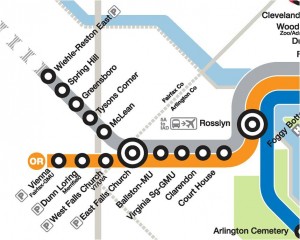

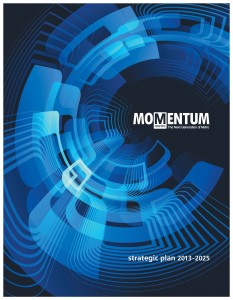

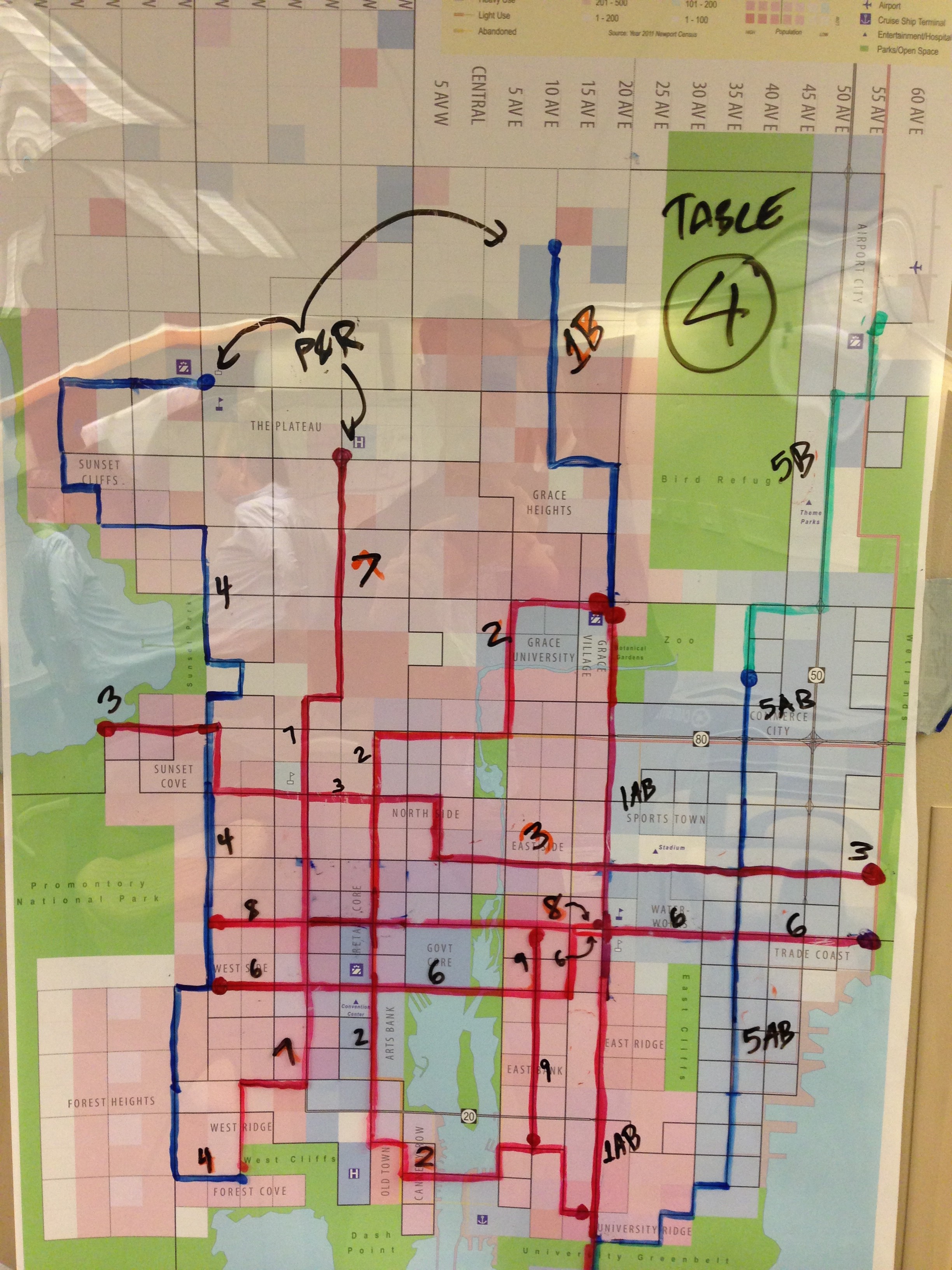
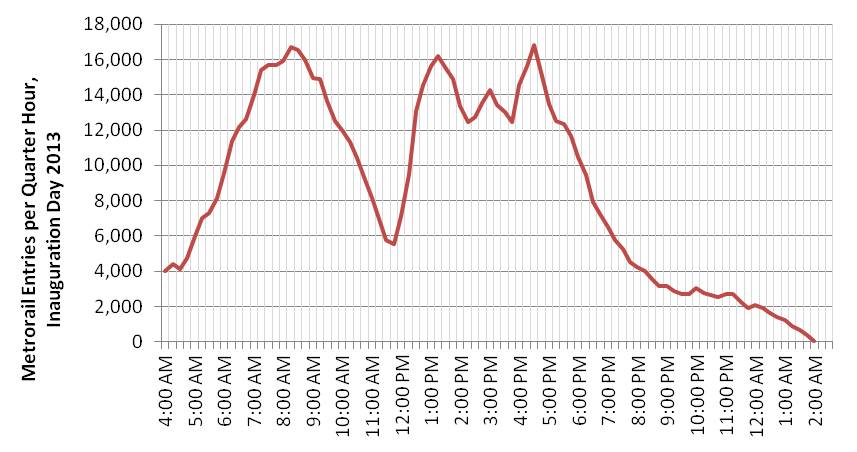

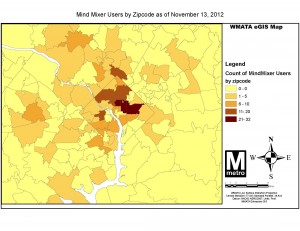
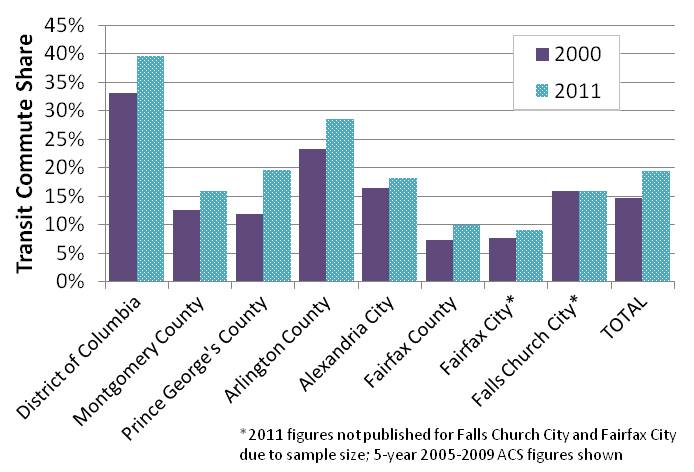
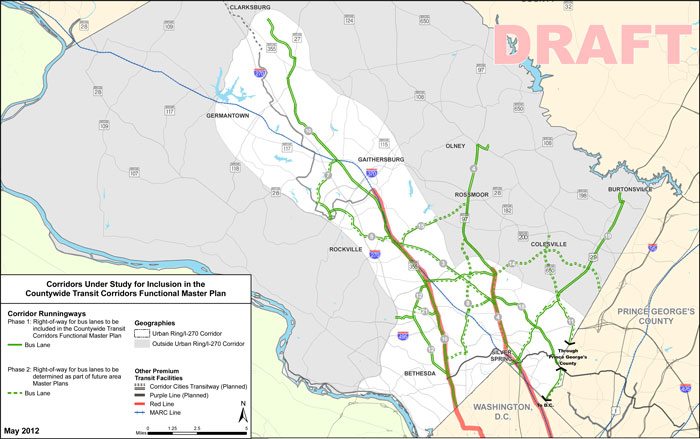
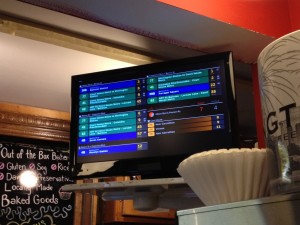

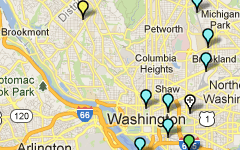
Recent Comments